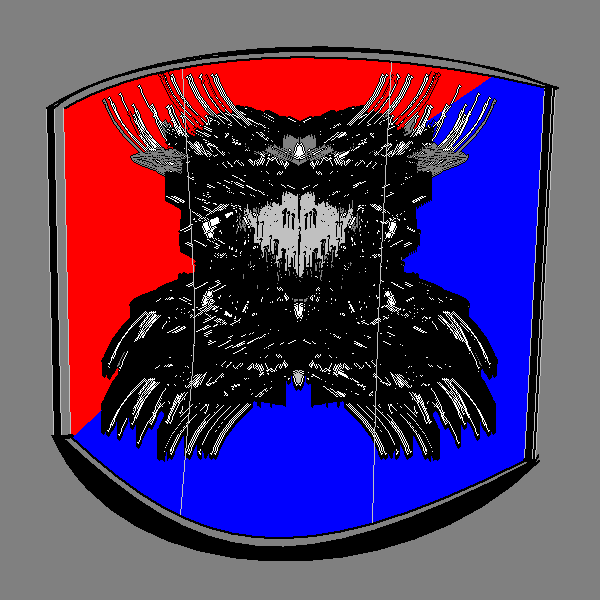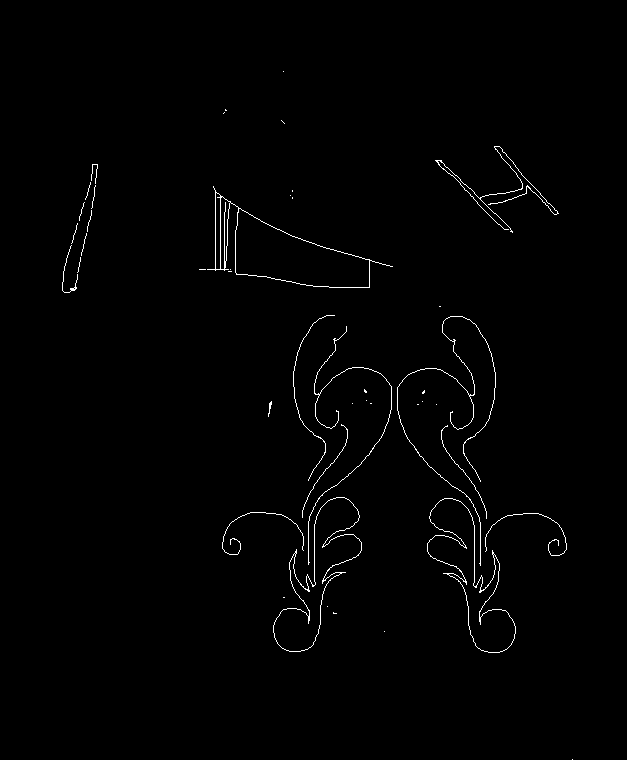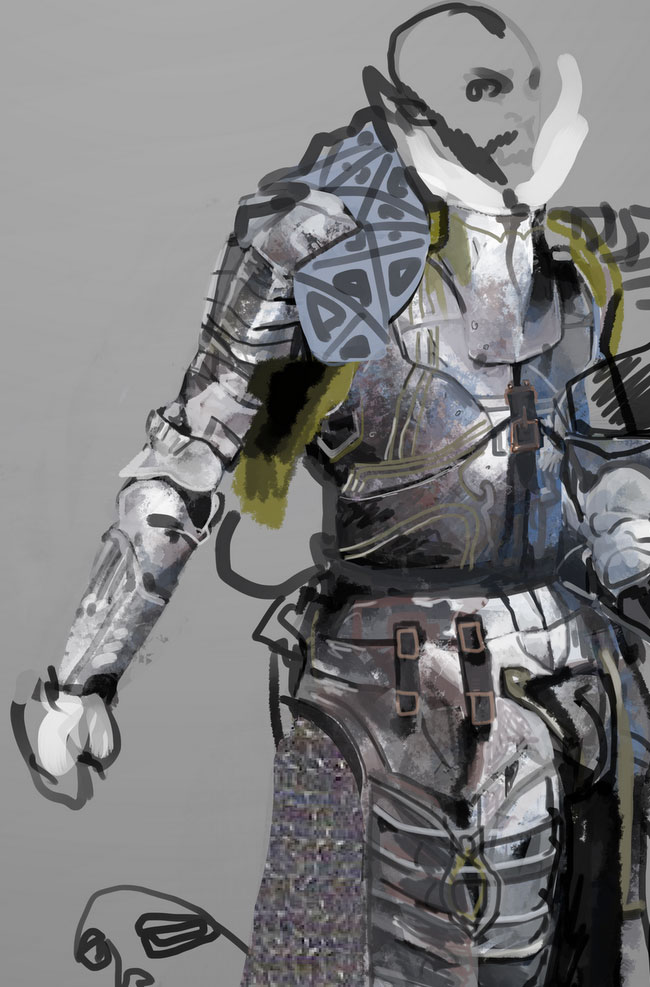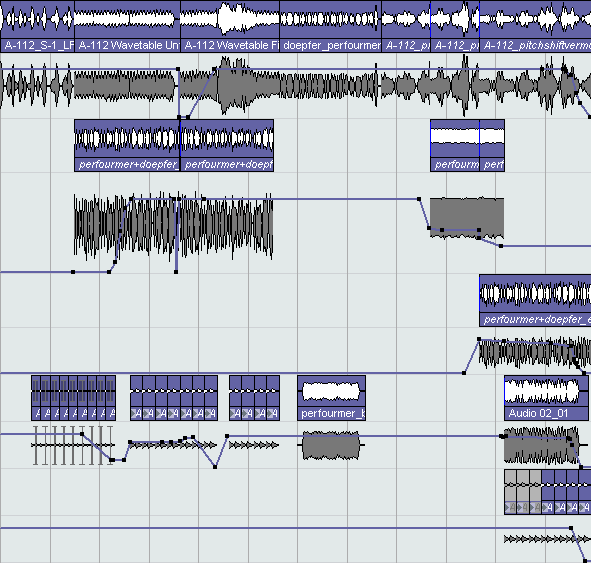coming soon to an art & technology website near you: softball artist interviews (i.e., no follow-up questions).
"My generation is good at discerning the credibility of an image (understanding if an image has been digitally altered)" --Ray Kurzweil - jk
use of flatbed scanners to make art has been around since at least the late '90s http://en.wikipedia.org/wiki/Scanography
photo of the current president of RISD putting Cheetos on a scanner to make art, ca. 2002 (in PDF at http://www.maedastudio.com/catalog_lores.pdf)
affordable digital imaging is relatively new but has been around long enough that the novelty of making flatbed scanner art has worn off
nothing wrong with using a scanner but making the scanning device part of the art is like Hockney displaying 20 iPads




